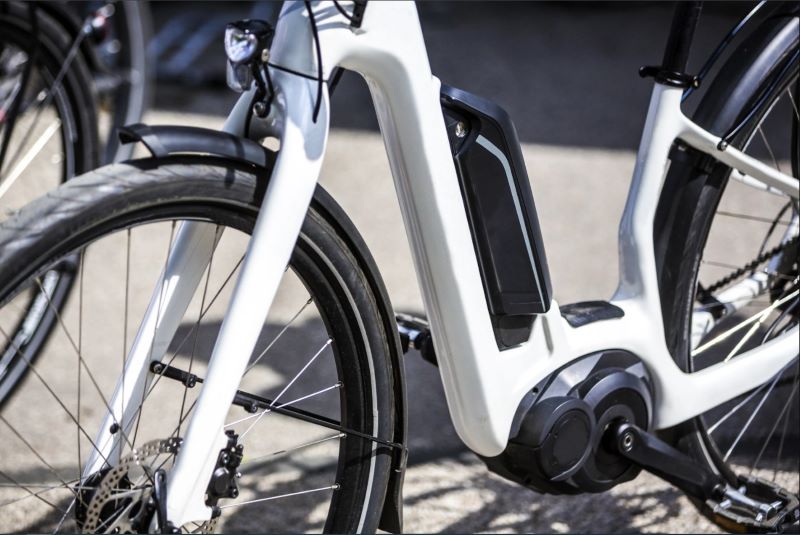For more than 18 months, the Soteria Battery Innovation Group has led a group of over 20 companies in a project to understand the dangers of current e-bike battery designs and use. We have read H.R. 1797 Setting Consumer Standards for Lithium-Ion Batteries Act, and wholeheartedly support approving the resolution into law. The rest of this Letter has to do with the outcome of our project and the potential standards that would be enacted by the CPSC.
Soteria E-bike Battery Safety Project
In late 2022, upon advice from the FDNY, Soteria undertook a project to understand the current state of affairs in e-bike battery use and design in a way that could lead to a theory of how and why the batteries fail in an unsafe manner, and what could be done to mitigate the potential for fires and the ensuing danger to life and property. This project was joined by more than 20 companies and organizations, including NASA, the FDNY, San Diego Fire and Rescue, Dow, Celgard, ****… The project has taken hundreds of man hours to complete, and generated hundreds of pages of reports and presentations. It was composed of five distinct parts:
- Autopsy and test new e-bike batteries: More than 10 new e-bike batteries were disassembled to understand the diversity of the state of e-bike battery designs in the market, including both design and production quality.
- Autopsy and test used e-bike batteries: Perform similar tests on used e-bike batteries of identical design so that the specific aging mechanisms could be understood.
- Poll E-bike riders: Poll more than 1,000 e-bike riders to understand their practices for maintenance, riding habits, equipment owned, experience with fires and other information.
- Interview E-bike riders: interview dozens of e-bike riders to get specific information about each persona, and more specific information than could be achieve in the polls.
- Interview E-bike manufacturers: Interview e-bike manufacturers to understand their design considerations, their experiences and opinions of e-bike fires, and what the industry is doing to eradicate the problem.
- E-bike test kits: Have a dozen riders mount test kits on their e-bikes to measure shock, vibration, temperature, humidity and other variables while they are riding.
This project cost Soteria hundreds of thousands of dollars, which we spent in order to have a thorough understanding of the problem and a path to a potential solution. This has been completed, and now it is useful to state the answer—the cause of the danger—in a simple way that the industry and our government can take action on.
How and Why E-bike Batteries Fail
E-bike and other micro-mobility batteries fail in an unsafe manner for a simple reason: they age in a specific way. An e-bike battery is normally made up of 50 or more cylindrical cells called 18650s, for their size. As the cells age, the standard deviation of the health of the cells diverges—all cells get weaker as they age, but some get weaker faster than others. When the battery is used, the weakest cells are worked the hardest, and that can cause them to overheat. Once they reach a certain temperature, there are spontaneous exothermic chemical reactions inside the cell that generate more heat, and will over time, if not stopped, drive the cell into thermal runaway. Once one cell goes into thermal runaway inside the pack, it is almost certain that all of the other cells will also go into thermal runaway with current designs. This conflagration of >50 burning batteries is what ignites building and has cost us much in property, injury and lives.
Most batteries, approximately 99.9%, will age and fail safe. That is, they run out of energy without any of the cells overheating, and eventually the batteries stop working because there is not enough energy in them to usefully power the e-bike.
The other 0.1%, or about 1 in 1,000, will go into thermal runaway. For a city like New York, with >250,000 e-bike, this means a new building fire caused by an e-bike almost every day. To put this into perspective, the probability of a cellphone spontaneously going into thermal runaway and igniting is less than 1 in 1 million, so in the same city it results in ~10 fires per year, almost all of which are small enough as to cause little damage. E-bike batteries are >50 times bigger than cellphone batteries, and so are their fires.
The Solution: Make More of the Batteries Fail Safely
A failure rate of 1 in 1,000 is simply not acceptable when the failure results in an explosion that is shooting flames, sparks and burning debris for a 6’ radius.
What we did:
- Poll & interview riders
- Interview e-bike companies
- Autopsy new & used packs
- Test kits on bikes
What we learned
- Most packs fail safe: 99.9%
- Those that fail unsafe do so for two reasons:
- Abuse
- Electrical overuse
- Failure mode description
Solutions
- Safe packs with additional features
- LIB alarm systems for advanced warning

